Gold forecast for the week of April 14, 2014, Technical Analysis
The gold markets rose during the course of the week, as you can see on the chart. Having said that, we broke the top of the hammer from the previous session, and we now believe that this market will continue to go higher. Perhaps this could be the beginning of a build up momentum to the upside as the markets did not reach the bottom of the larger consolidation this last time. By breaking the top of the hammer, this suggests that the buyers are starting to come back into play. Because of this, we believe that the momentum will build, and that we will more than likely bust through the $1400 level.
This area leads to the $1500 level as far as I can tell, and as a result we believe that this market will continue to grind higher. That of course is the key phrase there: grind. That being the case, you will have to have the wherewithal to hang onto the trade, but ultimately it does look in fact like we are trying to form some type of bottoming pattern overall. You have a lot of different ways to play goal of course, you could do it with physical metals for that matter. That of course takes all of the leverage out of the position, but you also have the ability to trade gold via the CFD markets.
Ultimately, the $1500 level is probably the real target, and we would fully expect to see this market reach that level given enough time. Of course being positive, it will be a little bit more difficult to hang onto the trade simply because so much in the market has been negative. However, we think that the market will ultimately turn things back around as we are in a longer-term uptrend, regardless what this particular chart looks like. It was just a couple years ago that we were well below $1000 an ounce. That being the case, we believe that the market will ultimately continue higher, especially considering that the US dollar looks a little bit on the soft side these days.


 LinkBack URL
LinkBack URL About LinkBacks
About LinkBacks

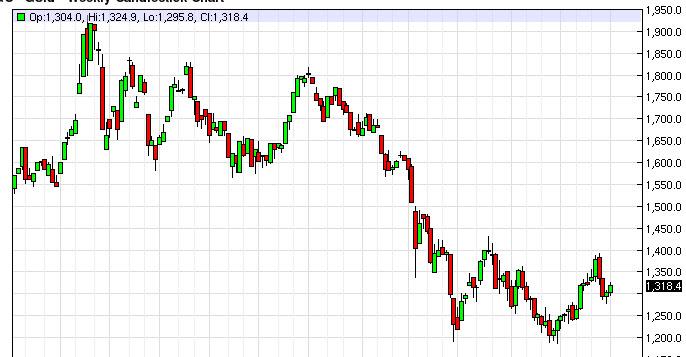





 Reply With Quote
Reply With Quote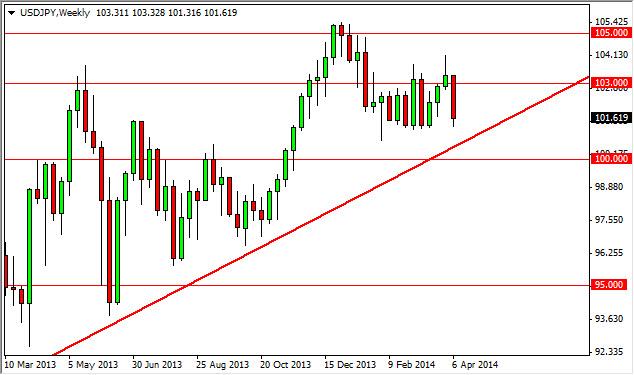
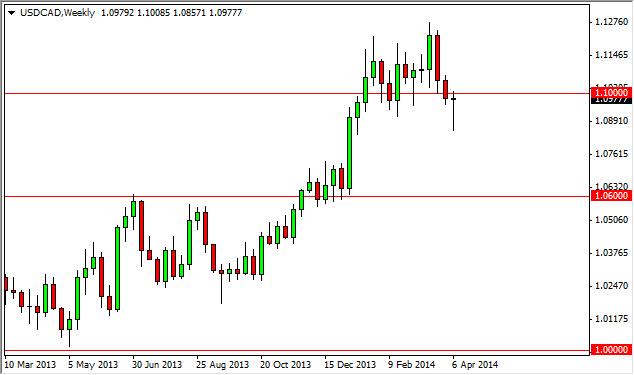
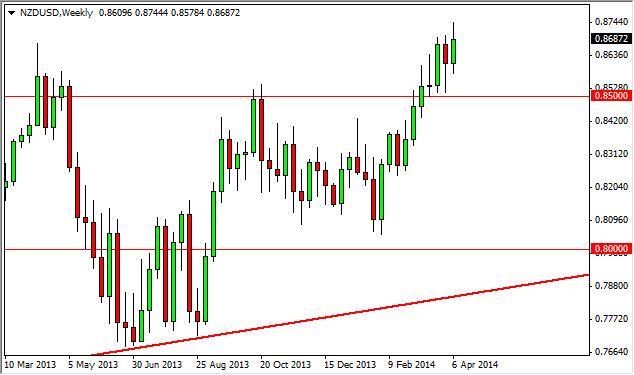

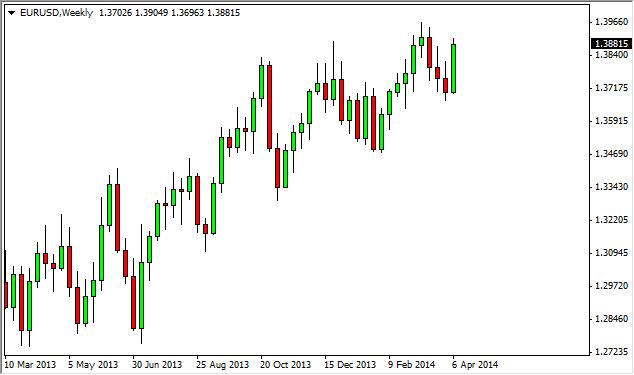







Bookmarks